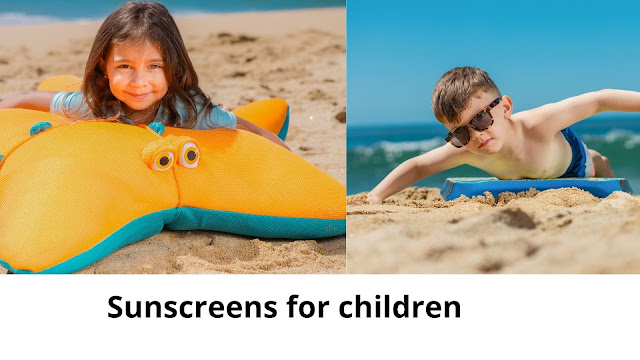Both babies and their parents adore the sun: on clear days, children are less capricious, and mothers and fathers feel a surge of energy.
The only thing worth remembering is that you need to enjoy the sunlight without harm to your health.
Influence of solar radiation on children
The sun is good for both kids and adults. However, on one condition - in moderation.
- Under the influence of ultraviolet radiation, vitamin D is produced , which is actively involved in the formation of the skeletal system. According to the latest research, it also plays a huge role in maintaining immunity.
- And the sun is also a great antidepressant . In October-November, when it is cloudy for weeks, we feel the lack of it especially acutely.
- Ultraviolet rays have disinfectant properties .
- For skin conditions such as psoriasis and atopic dermatitis, ultraviolet therapy is used .
The most important thing is that exposure to the sun without protection is dangerous for baby's skin.
To protect your child from the harmful effects of UV rays and make him safe in the sun, doctors strongly recommend that you apply baby products with SPF to your baby's skin before going outside.
Safe sunscreen for children
The requirements for children's protective cosmetics are very high and are tested under the supervision of pediatricians and dermatologists.
The main criterion is safety and hypoallergenicity.
Children's sunscreens contain the same filters for UVB and UVA radiation as adults: physical (reflective) and chemical (light absorbing).
The combination of filters increases the level of protection.
- By natural (mineral) filters include zinc oxide and titanium dioxide. These substances are not absorbed, do not cause irritation or allergic reactions - but they are not waterproof either.
- There are many chemical filters: cinnamates, Parsol 1789, octocrylene, mexoril, tinosorb, etc. Unlike physical filters, they are waterproof, do not leave whitish streaks on the skin.
- for babies from 6 months;
- for babies from 1 to 3 years old;
- for children after 3 years.
Up to 1 year
- Look for shady areas for walking on hot days.
- Be sure to wear a hat on your child.
- Make sure that your baby's clothes are made of light, light fabrics and cover the body as much as possible.
- Apply Sanskrin to exposed skin, even if the walk is short.
- When choosing a cream, look for the mark “after 6 months” on the packaging (La Roche-Posay has it) - before this age, the use of sunscreen cosmetics is undesirable.
Up to 3 years
After 3 years
Application rules
- Apply 15-20 minutes before sun exposure. Do not forget about areas especially exposed to ultraviolet radiation: ears, nose, cheekbones.
- Be sure to renew the cream every 2 hours.
- After each bath, the protective film weakens and the product must be reapplied. It will also have to be renewed after the child sweats or wipes himself off with a towel.
- When you return home, be sure to rinse off the sunscreen and reapply after sunburn.
- When walking with a child in the early morning or at sunset, properly selected clothing that covers the body and panamas with wide brim are enough to protect.
- climatic zone;
- time of year and day;
- a place for a walk (park or open playground);
- phototype of the child.

